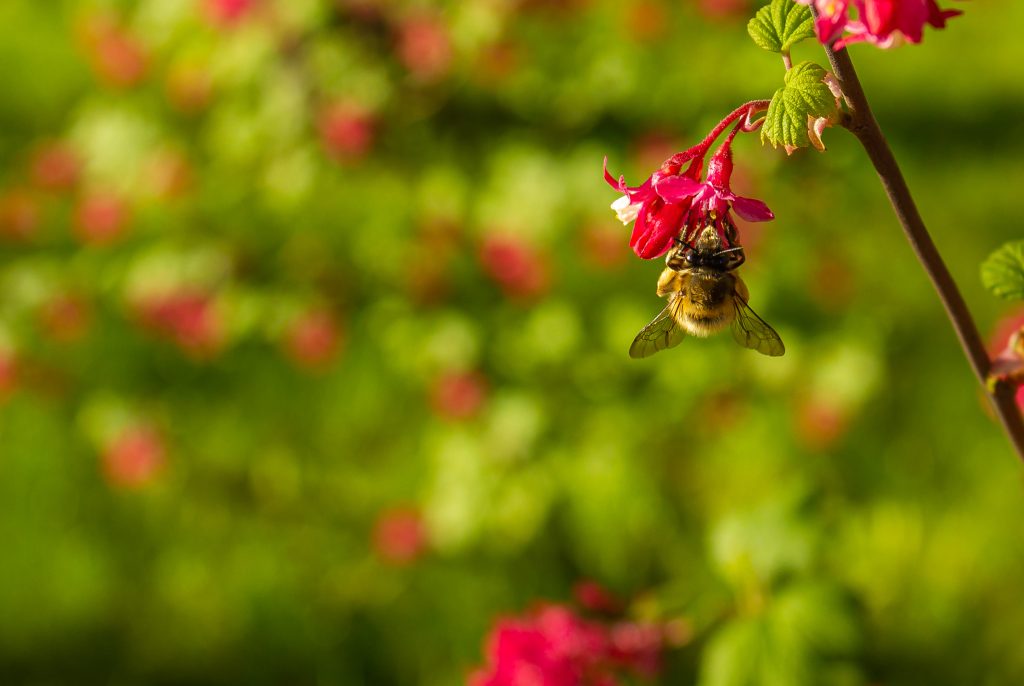
Research and Monitoring
Research and Monitoring
for Pollinator Conservation
To improve the effectiveness of conservation efforts, we should strive to further understand pollinator populations, their behaviors, and the challenges they face. Through research and monitoring, we can gather valuable data that is necessary to make informed decisions about conservation strategies and habitat management.
The Role of Science in
Pollinator Conservation
Pollinators are facing numerous threats–including habitat loss, pollution, pesticides, and climate change–that are endangering their health. Research plays a key role in understanding environmental-based interactions with pollinators as well as improving habitat restoration and management techniques. Monitoring populations helps us identify trends and assess risks, so we can then implement science-based solutions to protect pollinators. Our research efforts focus on several critical areas, including:
- Pollinator population trends
- Native plant availability
- Impacts of habitat loss
- Climate change assessments
- Pesticide and chemical effects
Explore current and past research projects related to these topics and more from the partners of GRPHP.
Citizen Science
Get Involved in Pollinator Monitoring
Citizen science, which involves non-experts from the public contributing to scientific research, is key to the success of pollinator conservation efforts. It allows individuals from all backgrounds and across more widely spread areas to actively participate in and add to the data collection that advances scientific research. By engaging in pollinator and native plant monitoring, volunteers help gather data, increase public awareness, and support conservation efforts on a much larger scale than would otherwise be possible.
Scientists utilize citizen science programs to collect more data across wider areas in order to expand their studies and databases. There are many ways to participate in citizen science programs and contribute valuable data to pollinator research.
Tools and Resources
Improving our understanding about pollinators and their relationship with native plants is essential to effectual pollinator conservation. Below are resources to help conservationists, researchers, and community members expand their knowledge and take meaningful action.
Pollinator Identification and Monitoring
- Pollinator Identification Guides: Learn to recognize native bees, butterflies, moths, birds, and other pollinators.
- Tracking and Reporting Tools: Use apps and databases to document pollinator activity.
- Citizen Science Programs: Actively participate in monitoring pollinator populations by contributing data to national and local research.
Native Plant Identification and Monitoring
- Native Plant Databases: Identify plants that are native to your region and support pollinators in your area.
- Interactive Tools: Utilize apps and other online resources to record observations and upload photos of native plants.
- Citizen Science Projects: Get involved in the collection of data related to the seasonal cycles of plants in your community.
Other Resources
For those interested in building their knowledge or expanding their research efforts, take a look through these additional resources that are available:
